A level Physical Education Years 12 & 13
Specification
AQA - The specification and assessment structure can be found at the link: https://www.aqa.org.uk/subjects/physical-education/as-and-a-level/physical-education-7582
Subject content
- Applied anatomy and physiology.
- Skill acquisition.
- Sport and society.
- Exercise physiology.
- Biomechanical movement.
- Sport psychology.
- Sport and society and the role of technology in physical activity and sport.
Paper 1: Factors affecting participation in physical activity and sport
A 2 hour written examination worth 35% of the A Level PE.
- Section A: Applied anatomy and physiology.
- Section B: Skill acquisition.
- Section C: Sport and society.
Paper 2: Factors affecting optimal performance in physical activity and sport
A 2 hour written examination worth 35% of the A Level PE.
- Section A: Excercise physiology and biomechanics.
- Section B: Sport psychology.
- Section C: Sport and society and technology in sport.
Non-Exam Assessment (NEA): Practical performance in physical activity and sport
An internal assessment worth 30% of the A Level PE which is moderated externally. Students are assessed as a performer or coach in the full sided version of one activity.
In addition there will be written/verbal analysis of performance.
Year 12
| Topic | Further details about the topic | Skills | |
|---|---|---|---|
| Autumn Term | |||
| 1 |
Applied Anatomy and Physiology Skill Acquisition |
Musculo-skeletal system Movement analysis Cardiac system Neural control Information Processing, including mechanisms of motor control Stimulus-Response relationship |
Knowledge of anatomy and physiology. Application of anatomical and physiological principles to sport and exercise Knowledge of key motor control theories |
| 2 |
Applied Anatomy and Physiology Skill Acquisition |
The vasculature Skill: Classification, Transfer, Practice |
Knowledge of anatomy and physiology. Application of anatomical and physiological principles to sport and exercise Applying skill classification and justifying the nature of skills in sport |
| Spring Term | |||
| 1 | Applied Anatomy and Physiology, Biomechanics (Linear), Skill Acquisition |
Newton’s Laws Introduction to the two-tier class system |
Application of linear mechanics to sport and exercise Knowledge and understanding of the pathway of sporting development |
| 2 |
Diet and Nutrition for Performance, Principles of Training, History of Sport |
Components of diet
|
Evaluation of effective training methods and programmes Evaluation of the factors affecting the rationalisation and codification of sport. |
| Summer Term | |||
| 1 |
Opportunities for Participation |
Society and socialisation Industrial and Post-Industrial Britain; the development of sport |
Applying social theory to sport and participation
|
| 2 |
Opportunities for Participation |
Under-represented groups Altitude training The Golden Triangle |
Applying social theory to sport and participation Evaluating the effectiveness of advanced training methods
|
Year 13
| Topic | Further details about the topic | Skills | |
|---|---|---|---|
| Autumn Term | |||
| 1 |
Applied Exercise Physiology Sports Psychology |
Training principles: review |
Knowledge of the key methods of energy production and the application of energy production to sport and exercise Evaluation of how psychological theories impact performance |
| 2 |
Applied Exercise Physiology Sports Psychology Written Coursework |
Diet: review Social facilitation |
Evaluation of methods to promote performance and recovery with diet Evaluation of how psychological theories impact performance |
| Spring Term | |||
| 1 |
Biomechanics (Linear and Angular) Sports Psychology |
Impulse/momentum relationship
|
Application of linear and angular mechanical principles to sport Evaluation of how psychological theories impact performance |
| 2 |
Injury Prevention and Treatment, Advanced Training methods Sports Psychology |
Governing bodies
FINAL HAND IN FOR ALL COURSEWORK |
Knowledge and evaluation of contemporary issues for sport
|
| Summer Term | |||
| 1 |
Evaluating Contemporary Issues Revision |
Revision of all theoretical content |
Examination Practice |
Assessments
| Resources | Topic | Type of assessment |
|---|---|---|
| CAT 1 | Applied Anatomy and Physiology, Skill Acquisition | Written Examination |
| CAT 2 |
Applied Anatomy and Physiology, Biomechanics, Skill Acquisition |
Written Examination |
| CAT 3 | All Year 12 Content |
Mock Examination |
| CAT 4 |
All Year 12 Content Applied Exercise Physiology, Sports Psychology |
Written Examination |
| CAT 5 |
2 Full A-Level Papers |
Mock Examination |
| CAT 6 | All A-Level Content | Written Examination |
Main Resources
| Resource | Details | Term |
|---|---|---|
| Set texts |
AQA A-Level PE Book 1: For A-level year 1 and AS. Carl Atherton et al. 2016. Hodder Education My Revision Notes: AQA S-Level PE. Sue Young et al. 2017. Hodder Education |
All |
| Recommended reading | ||
| Recommended Websites | All |
Enrichment opportunities
| Activity | Day and time or term |
|---|---|
| See extra-curricular timetables and associated fixtures | All |







